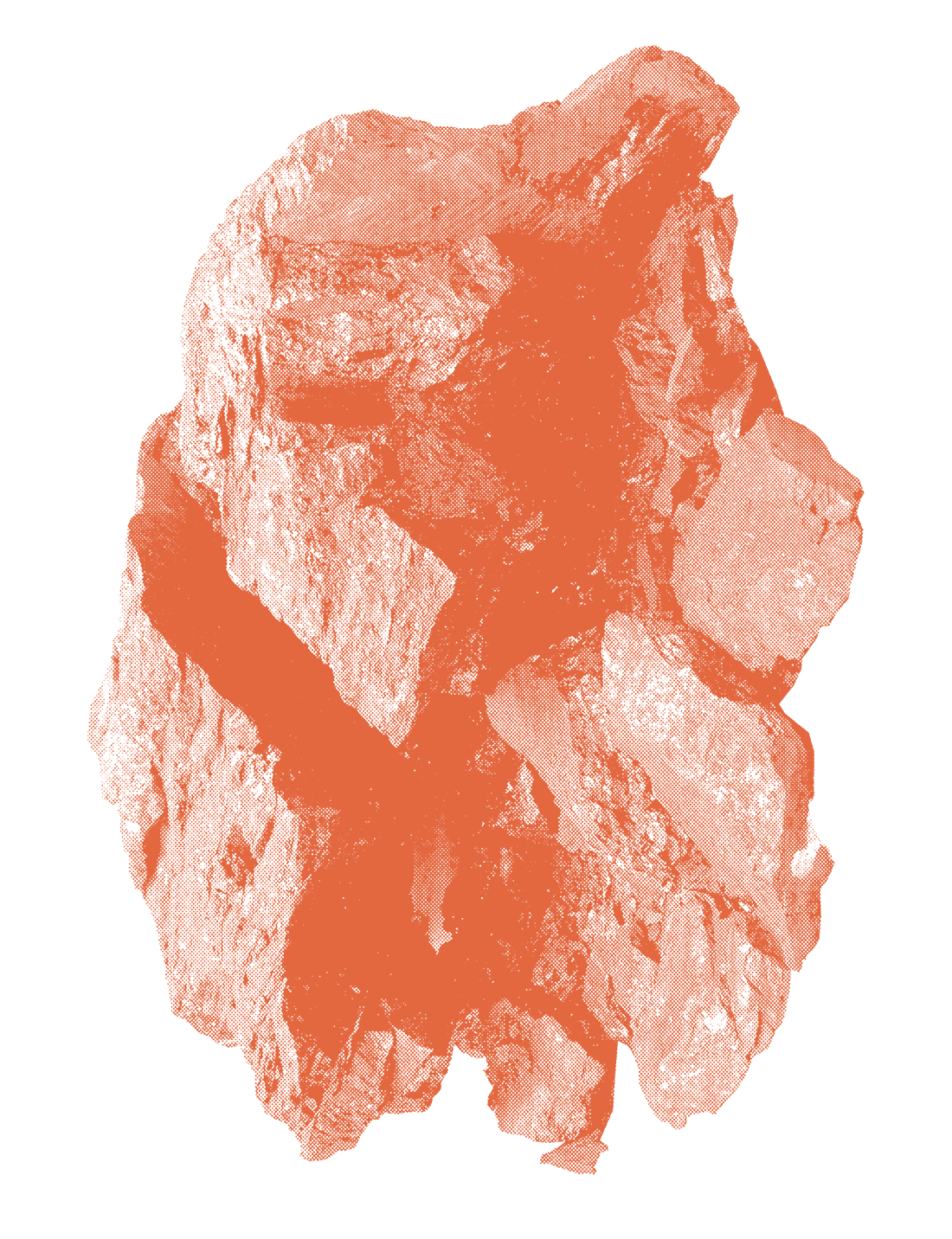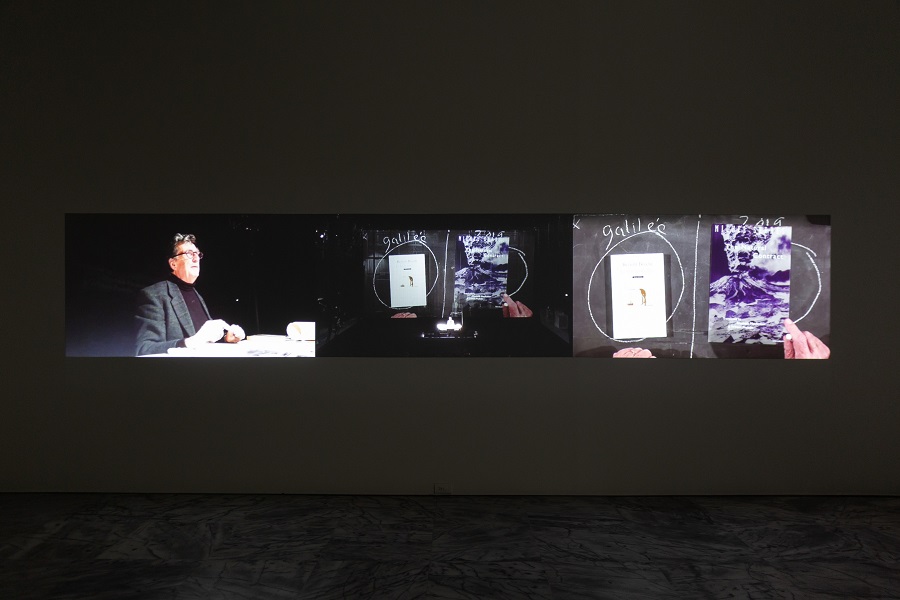




The play explores the parallels between two perspectives on the moving Earth: the perspective as understood by Galileo Galilei circa 1610, and the perspective from which we view the Earth today. Galileo’s farsightedness serves as the backdrop for this comparison, because one invariably searches for comparable events in the past when a catastrophe occurs. Today the ecological and political movements of young people are loudly drawing attention to the climate catastrophe. Scientists are explaining how and why the climate is changing and what effects climate change is having on the Earth and living organisms—the Earth is on the move. On the basis of many thought experiments and observation Galileo came to the conclusion that the heliocentric model was correct and the stars did not move around a static Earth. Legend has it that after being forced to recant his theory, he muttered defiantly in the courtroom “And yet it moves!”